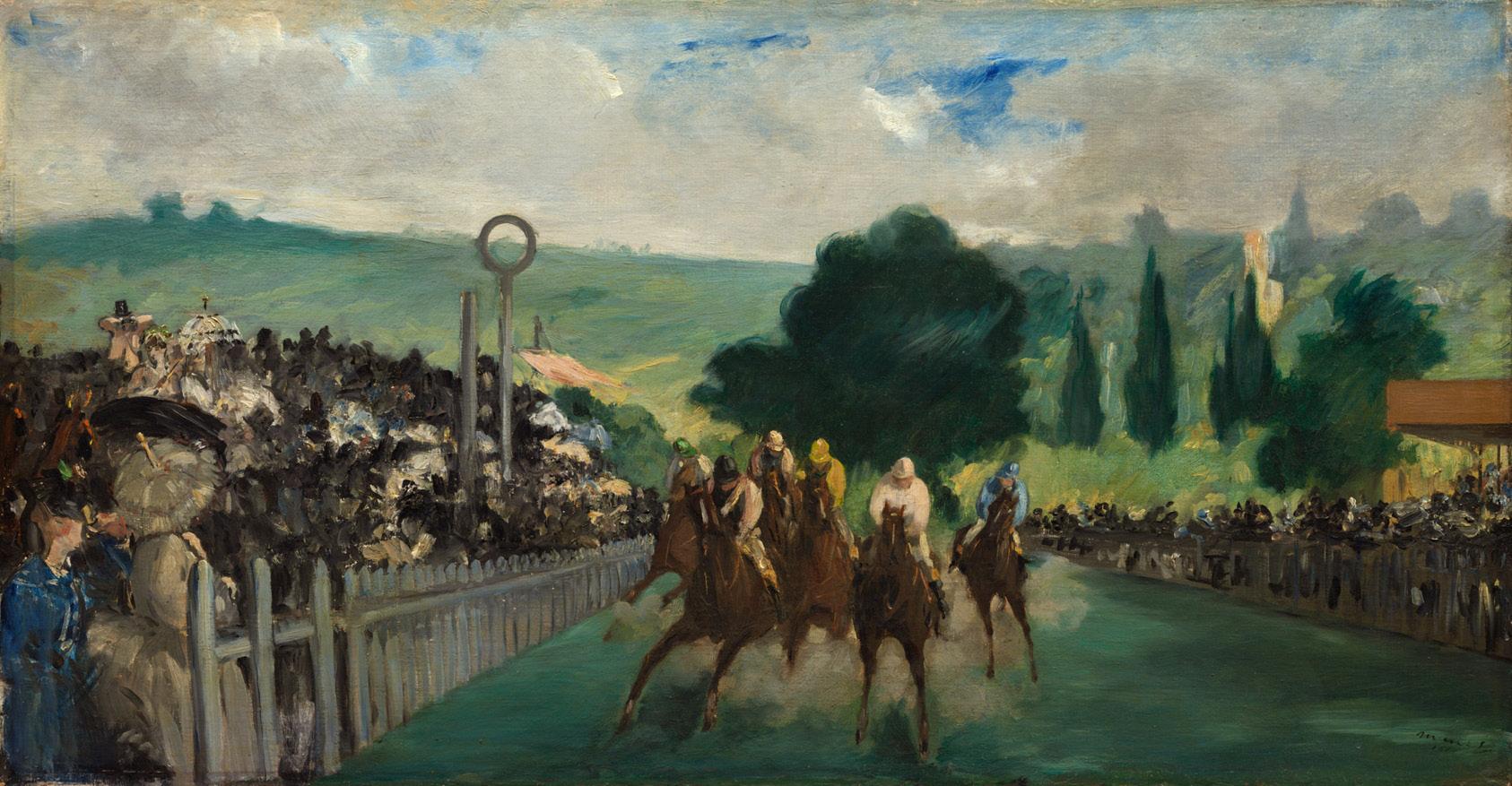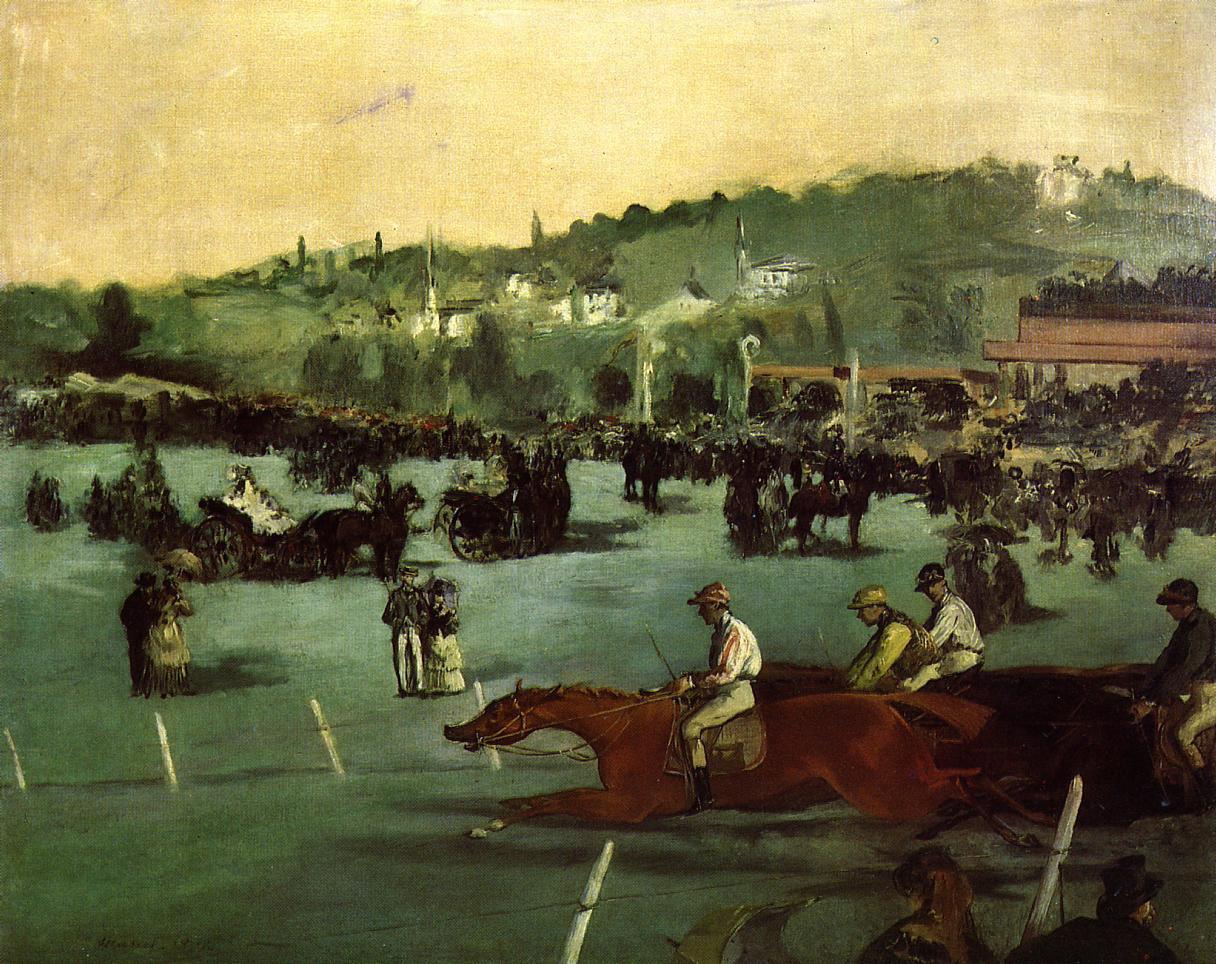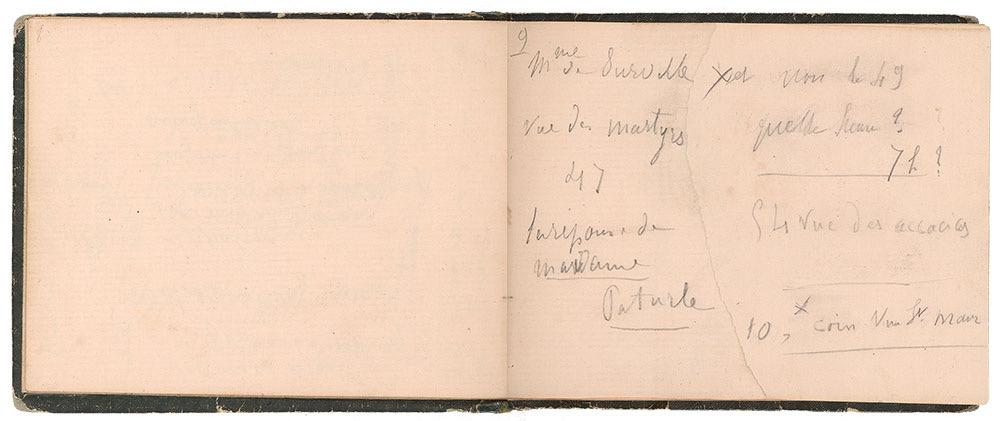
3 minute read
Procedures & Methodologies of Fine Art Authentication
Fig. 3 Edgar Degas Édouard Manet, Seated, Holding His Hat, circa 1865, graphite and black chalk on wove paper, Rogers Fund, 1918 (19.51.7)
PROCEDURES & METHODOLOGIES OF FINE ART AUTHENTICATION RESEARCH
Advertisement
Procedures
Modern authentication research can be divided into three research schools: art historical research, technical paint analysis and technical material analysis. The art historian focuses on historical and visual analysis. The painterly aspects are investigated by the painting conservator, and material analysis is based on scientific research carried out in various laboratories under the supervision of a conservation scientist.
Yet, collaboration between these three disciplines has not always been a matter of course. In the nineteenth century, it was common practice amongst art historians to settle questions of authenticity on the basis of individual authority alone. For generations, a minority of ‘art experts’ exercised exclusive control over the processes of fine art authentication. It was not until the 1930s that the first collaborations between art historians and experts from different technical disciplines were applied to the fine art authentication process.
In the 21st century, the technical possibilities for fine art authentication research have grown substantially, but this has not made the task verifying attribution any easier. While greatly improved research tools allow experts to dissemble artworks in new and insightful ways, the absence of an internationally recognized standard of best practices for the application of research techniques to the authentication process presents a major challenge. Every editor of a catalogue raisonné, member of an authentication committee, and art expert applies his or her own particular method of assessment to individual artworks to this day – the outcome being irreconcilable disagreements regarding attribution outcomes.
In assembling this publication, we have taken great care to outline a comprehensive description of the procedures and methodologies applied. Why the painting should be attributed to Manet, and why it has escaped attention so far, is unraveled step by step in this study. We hope that this unique study of Jobarde can serve as a model for future research.

Fig. 4 Édouard Manet Races at Longchamp, 1866, oil on canvas, 17.5 x 13. 12 inches (44 x 84.2 cm), Art Institute of Chicago, Chicago
Fig. 5 Édouard Manet Races at Longchamp in the Bois de Boulogne, 1872, oil on canvas, 28.75 x 36.22 inches (73 x 92 cm), Whitney Museum of American Art, New York City Methodologies
The method that has been applied in this investigation broadens traditional authentication research into three major categories: art historical research, technical paint analysis and technical material analysis. The final conclusions reached by each of the these major categories represent the collective outcomes of many smaller sub-investigations falling within the purview of each category.
The sub-findings of each category were assigned one of three possible statuses that correlated with their ability to support the attribution of Jobarde to Édouard Manet: negative, positive, or neutral. When a sub-investigation established a positive finding, this finding argues in favor of the painting’s attribution to Édouard Manet.
Each status has a level of complexity is indicative of the extent to which the authenticity or authorship can be manipulated. A low status can easily be manipulated, a high status is virtually immune to manipulation.
Research Location Complexity
Art Historical Research
1. Written sources 2. Provenances
Archives/Collections Low to high Archives/Collections Average-high 3. Image research Archives/Collections High-highest 4. Oeuvre research Archives/Collections Average-high 5. Context Archives/Collections Average-high
Technical Painting Analysis
6. Pictorial analysis Studio 7. Technical paint analysis Studio High-highest Average-highest
Technical Material Analysis
8. Material analysis Studio/Laboratory High-highest



